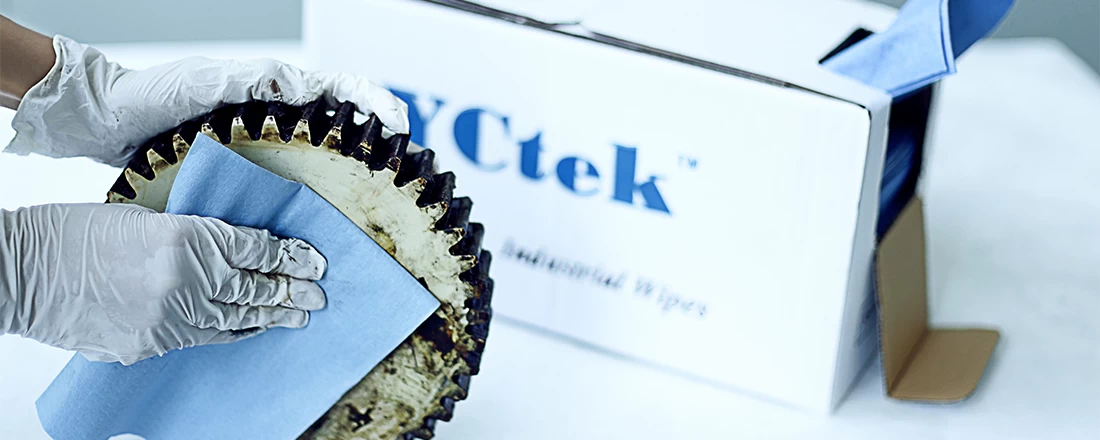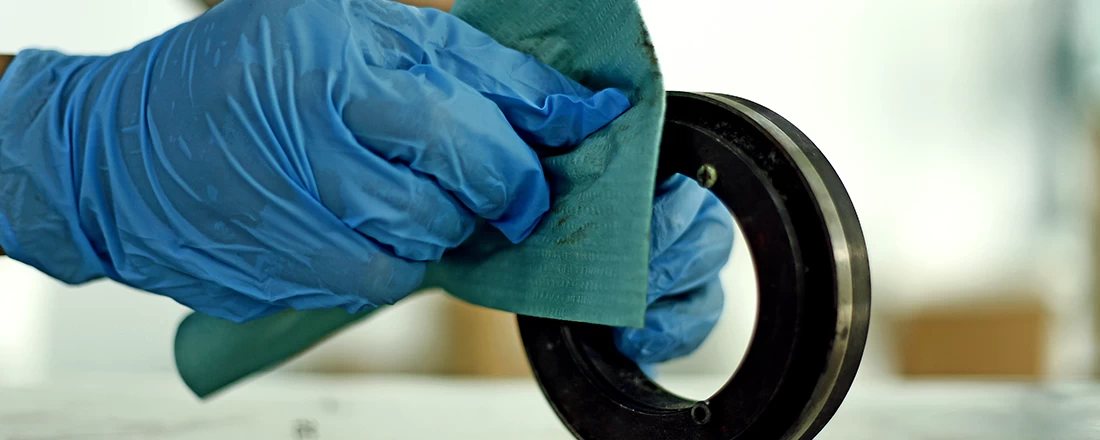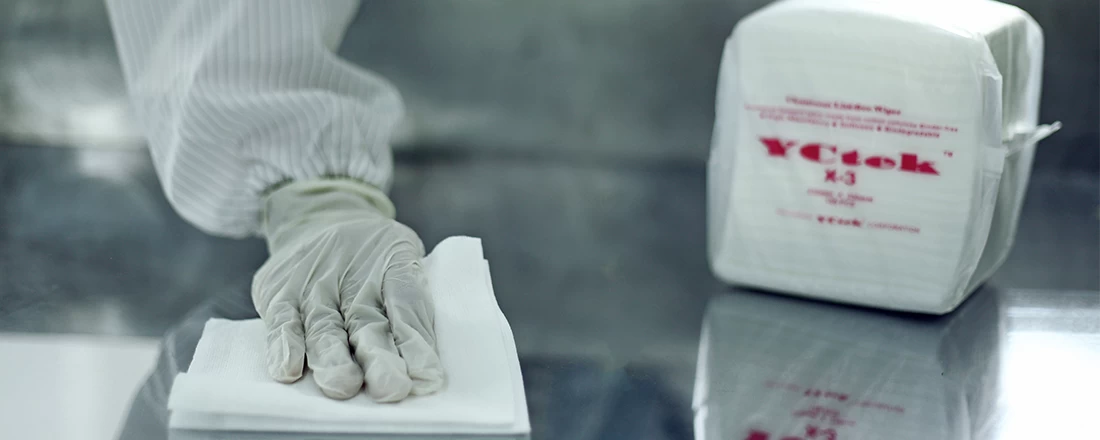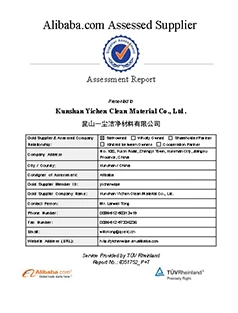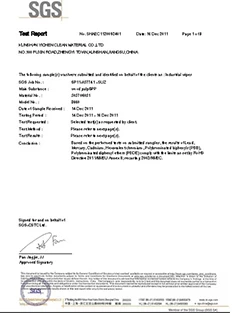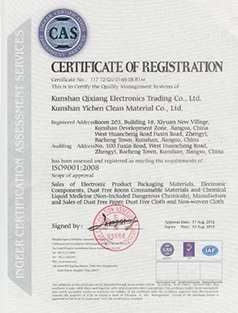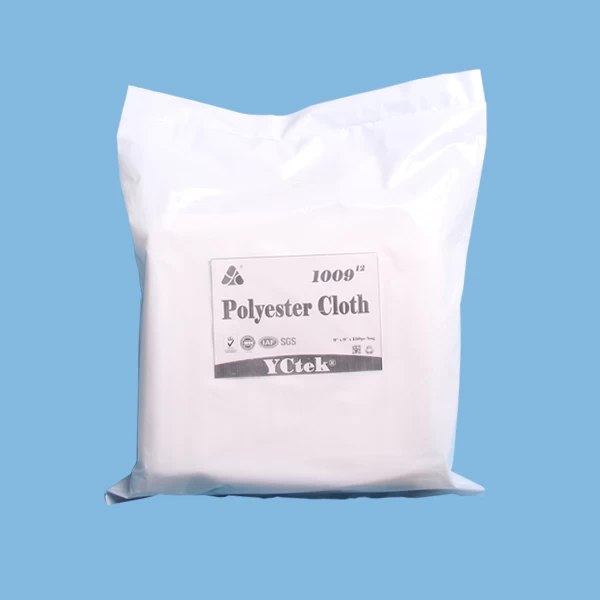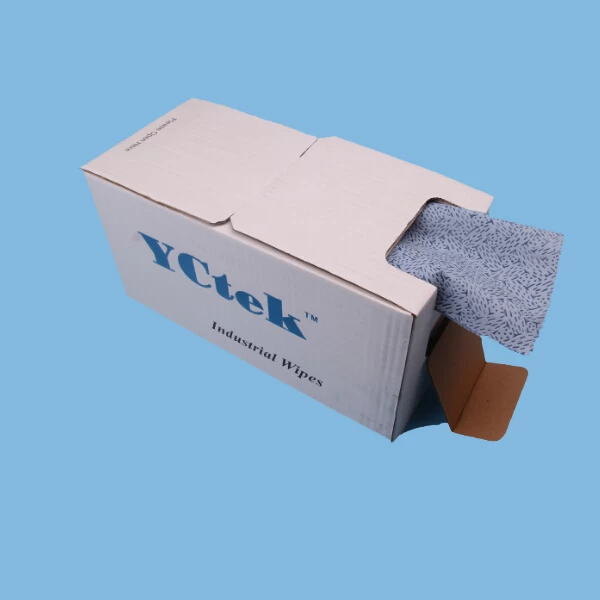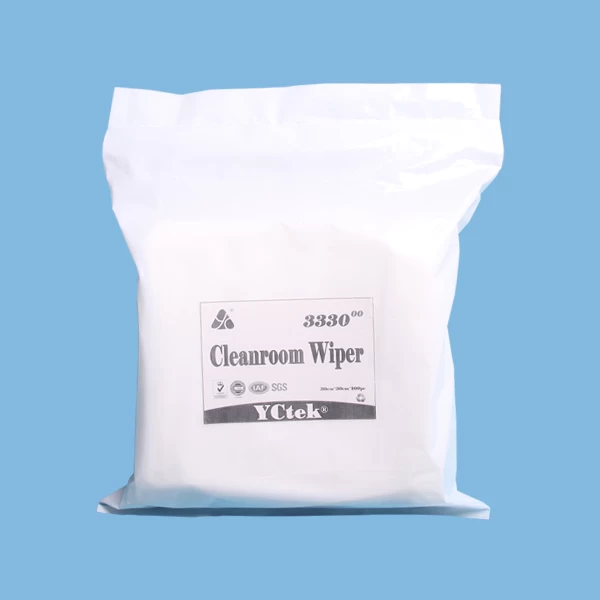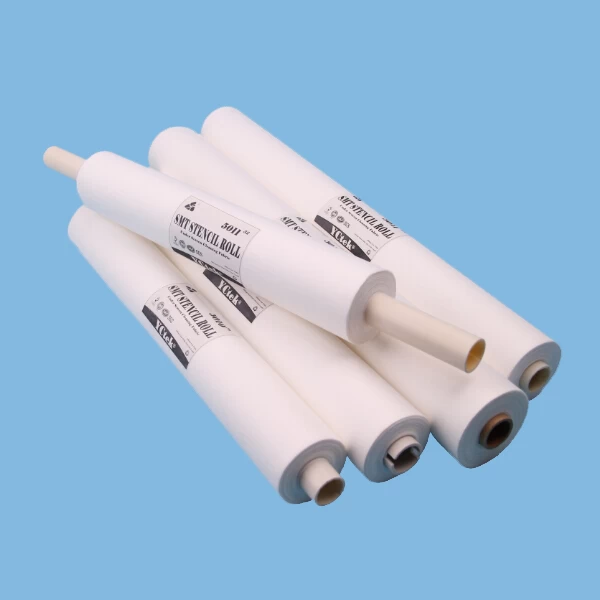Global Market Study on Nonwoven Fabrics
2017-04-01 16:28:58
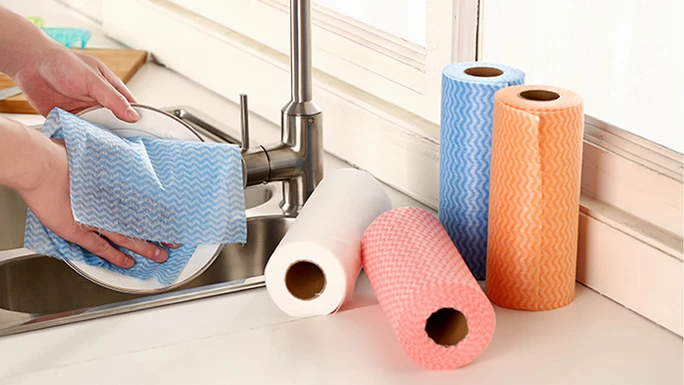
Nonwoven fabrics are technical textiles that are manufactured using sheets or web structures bonded by means of various thermal, chemical or mechanical processes. Such fabrics can be manufactured or modified to exhibit superior properties as per requirement of certain applications. Some of the desired properties include absorbency, elasticity, filterability and flame retardancy. Various high-tech processes such as spunlaid, wetlaid and drylaid technologies are used to manufacture nonwoven fabrics in order to achieve desired characteristics in the finished products. Spunbond and meltblown are the most preferred spunlaid techniques. Spunlace and needlepunch are the other prominent types of nonwoven fabric manufacturing techniques. The characteristics of finished products also depend on the raw material used. Polypropylene, polyester, rayon, polyurethane, polyethylene, and nylon are the generally used raw materials. Among these, polypropylene is used most prominently. Polypropylene spun bond, polypropylene spun lace and polypropylene needle punch are some of the most widely used nonwoven fabrics in industrial as well as hygiene applications. Nonwoven fabric materials find use in a diverse set of industrial as well as consumer applications. Major applications of nonwoven fabric include personal care, construction, and textiles. Among these applications, personal care is the most prominent application, where it is used in the production of disposable diapers, feminine care products and adult incontinence products.
Nonwoven fabric materials find major application in consumer products such as disposable diapers, feminine care products, and adult incontinence, and market growth is consequently driven by increasing demand for such hygiene products over the forecast period. Increasing infant and child population in Asia Pacific is estimated to drive significant demand for disposable diapers in the near future. Increasing consumption of disposable diapers and feminine care products in emerging countries with low penetration is anticipated to provide an impetus for market growth over the forecast period. Moreover, increasing demand for fuel-efficient and lightweight transportation automobiles is also anticipated to drive market growth in the near future. The increasing application of nonwoven materials in automobile interiors combined with increasing automotive production output is anticipated to drive market growth to a certain extent. However, a high price of finished products is attributed to high cost of raw materials. Such high prices of finished products are expected to impede market growth over the forecast period. Increasing stringent regulations on the textile industry is estimated as another factor restraining market growth. Moreover, shifting nonwoven production to ASEAN countries, offering consumer-specific products and basis weight reduction are some of the key trends observed in the global nonwoven fabric market.

